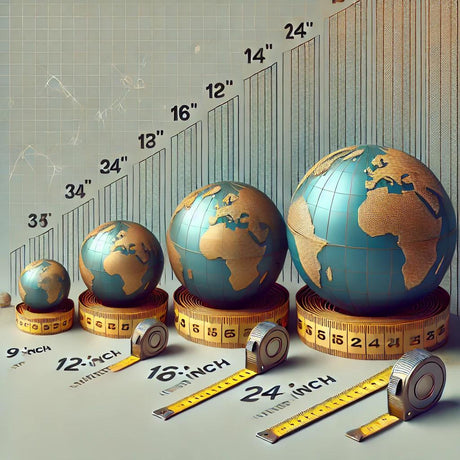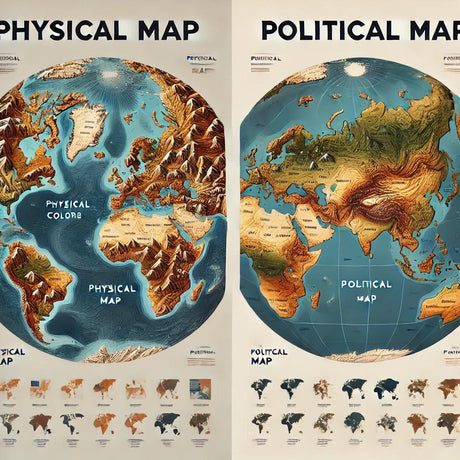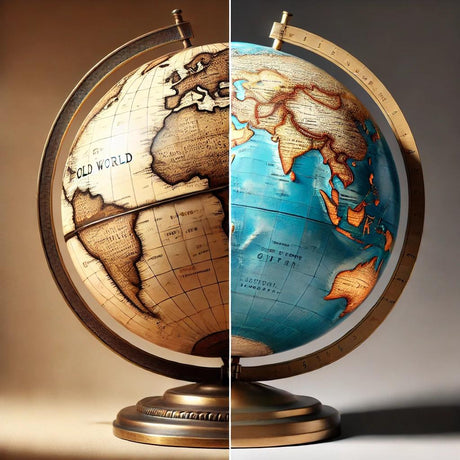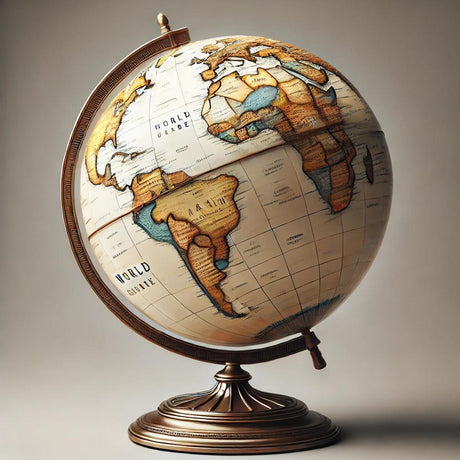
What are Latitude and Longitude?
Latitude and longitude are a coordinate system used to determine and describe the precise location of any point on Earth. This system divides the globe into a grid of horizontal and vertical lines.
Latitude refers to the horizontal lines that run parallel to the Equator. These lines measure the distance north or south of the Equator, ranging from 0° at the Equator to 90° at the poles. Notable latitudinal lines include the Tropic of Cancer, Tropic of Capricorn, Arctic Circle, and Antarctic Circle.
Longitude, on the other hand, refers to the vertical lines known as meridians. These lines run from the North Pole to the South Pole, measuring the distance east or west of the Prime Meridian, which is 0° longitude, located in Greenwich, England. Longitude values range from 0° to 180° east or west.
Why Are Latitude and Longitude Important?
Latitude and longitude are crucial for several reasons:
- Navigation: They allow navigators to pinpoint exact locations on Earth, making travel and transport more efficient and safe.
- Mapping: These coordinates are essential for creating accurate maps and charts.
- Location Identification: They help in identifying the precise location of geographical features, cities, and other significant places.
How to Use Latitude and Longitude
To find a location using latitude and longitude:
- Identify the Coordinates: Each location is given in degrees (°), minutes ('), and seconds ("). For example, New York City is approximately at 40.7128° N latitude and 74.0060° W longitude.
- Locate Latitude: First, find the latitude line on the globe. If the latitude is north, locate it above the Equator; if south, below the Equator.
- Locate Longitude: Next, find the longitude line. If the longitude is east, locate it to the right of the Prime Meridian; if west, to the left.
- Pinpoint the Intersection: The exact location will be where the latitude and longitude lines intersect.
Common Questions About Latitude and Longitude
1. What is the Prime Meridian? The Prime Meridian is the zero-degree longitude line that passes through Greenwich, England, dividing the Earth into the Eastern and Western Hemispheres.
2. Why are latitude lines called parallels? Latitude lines are called parallels because they run parallel to the Equator and to each other.
3. How do latitude and longitude lines converge? Longitude lines, or meridians, converge at the poles, meaning they are widest at the Equator and narrowest at the poles.
4. What is the significance of the Tropic of Cancer and Tropic of Capricorn? These are the lines of latitude at 23.5° N and 23.5° S, respectively. They mark the furthest points north and south where the sun can be directly overhead.
By understanding and using latitude and longitude, you can navigate and explore the world more effectively, making these coordinates an indispensable part of geography and navigation. At Ultimate Globes we carry a large line of globes, most including these features.




